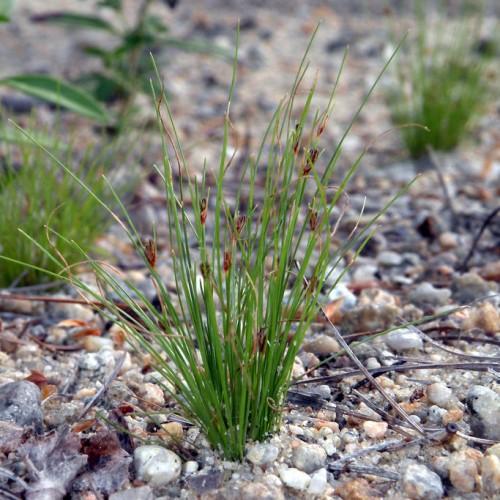
Densetuft Hairsedge
Bulbostylis capillaris
Also Known As - Hairsedge,Threadleaved BeakseedWatering:
Minimal
Hardiness Zone:
Flowers:
Flowers
Sun:
Sun, Partial Shade
Soil:
Sand
Growth Rate:
Low
Salt Tolerant:
Yes
Care Level:
Moderate
watering
Bluehearts should typically be watered once or twice a week, depending on the climate, temperature, and soil moisture. Aim for thoroughly soaking the soil each time you water, since the plant is relatively drought-tolerant. If the soil is already moist, it may not be necessary to water more than once a week - inspect the soil and determine for yourself when watering is necessary. Additionally, during hotter times of year, the plant might need more frequent watering to prevent wilting and drying out.
sunlight
Bluehearts (Buchnera americana) need at least 6-8 hours of sunlight each day in order to thrive. They prefer direct intense morning sunlight, followed by some afternoon shade. Bluehearts prefer a warm environment, so direct sunlight is essential for their growth and development. In areas with extreme heat, Bluehearts should have some afternoon shade to protect them from sunburn. Bluehearts also thrive in humid conditions and moist soil. If the soil is too dry, make sure you water it enough for the Bluehearts to be able to properly grow.
pruning
Bluehearts should be pruned in late summer, just after the blooming has stopped for the season. Start pruning when the plant reaches 12 inches in height. Prune back 1-half of the new growth to keep the plant from becoming leggy. Prune side stems to the main stem to shape the plant and encourage new, healthy growth. Deadhead any faded flowers during the season. Annual pruning will result in a lower, bushier growth habit and better flowering.
